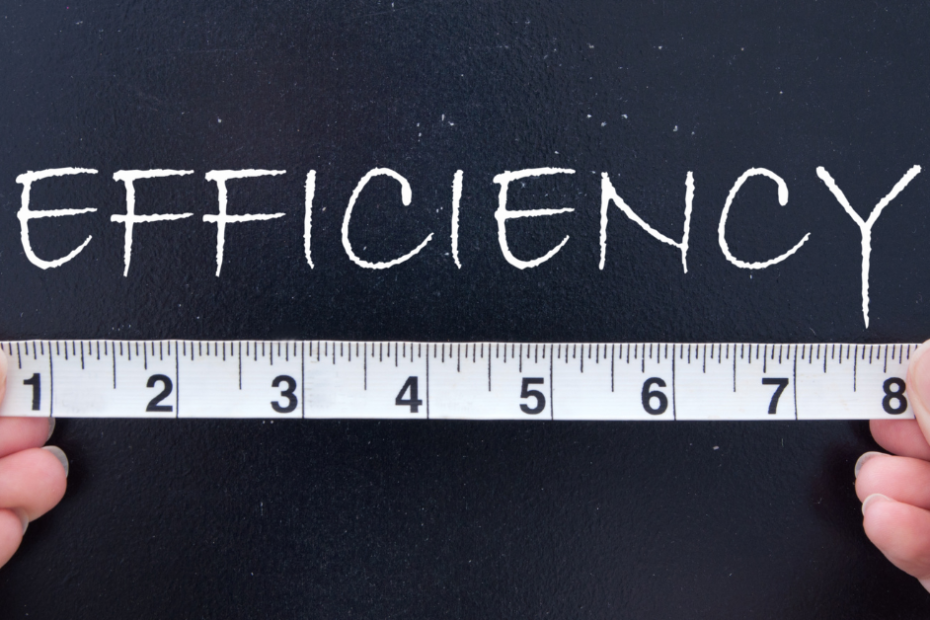Despite advances in technology, insurance customers continue to endure the financial burden caused by lack of insurance innovation. Either no one likes to talk about it, or it is just not sexy enough to write about. Most are thinking with investment pouring into insurance startups how could anyone declare that innovation is dead in insurance. For true innovation to occur, you must have improved efficiency, effectiveness, or competitive advantage. From an industry perspective, the easiest way to assess the success of innovation is efficiency. Has the insurance industry become more efficient through innovation?
Economists measure efficiency through labour productivity. Figure 1 shows that labour productivity has steadily risen in both Canada and the U.S., running much the same trajectory in both, improving by about 45% over the past 30 years.

Even in the past 10 years, overall productivity has continued to improve at a good pace. Intuitively, it might be right to conclude that Insurance has seen at least similar improvements in efficiency. However, that is not the reality.
Expense ratios measure Insurance industry efficiency. Courtesy of Canada’s Office of the Superintendent of Financial Institutions (OSFI) and the US National Association of Insurance Commissioners (NAIC), Figure 2 shows their respective observations of industry expense ratios.

The 10-year period between 2009 and 2018 shows no improvement on either side of the border. Given the investments made in technology by the industry, one would expect at least moderate efficiency improvement. Yet, the insurance industry continues to dig in those change resisting heels. Insurance efficiency continues to elude the industry.
The Elephant in the Room
It leaves one to ponder the elephant in the room; who pays for the insurance industry’s lack of innovation? Clearly customers lose as they pay the insurance premiums.
The good news is that there is opportunity to change. In fact, the industry has close to 75% of distribution expense driven by manual tasks, communication fails and costly integration that can be eliminated through technology innovation. Insurers who focus on reducing costs and bottlenecks in the distribution channel will reap rewards from grateful customers who are continuing to seek better deals for their insurance dollar.
